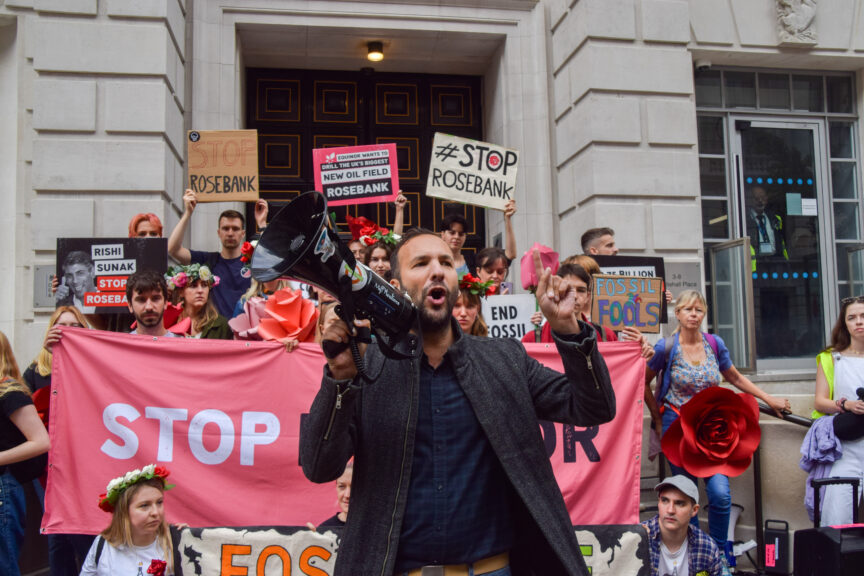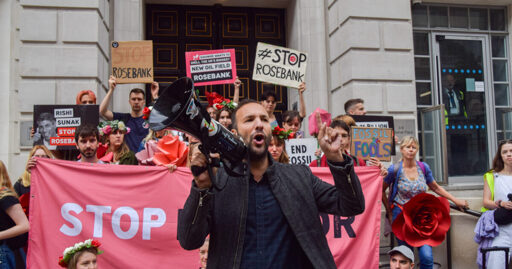
The Green party leadership contest, which began in May with deputy leader Zack Polanski announcing he was contesting the top job, is rumbling to an end. Most observers agree that Polanski will win on 2 September. Whatever happens, he will have transformed his party in the process, turning a slow-moving, conflict-avoidant political vehicle into a battleground of ideas.
This has unquestionably been a bruising leadership campaign. Things got off to a testy start, with Polanski’s rivals Ellie Chowns and the incumbent Adrian Ramsay insinuating that Polanski’s leadership bid was an ambush (responding to this, Polanski told Novara Media: “I think people need to be careful that there’s not an entitlement that they deserve to always hand the leadership to the next person waiting”). One anonymous senior party member accused Polanski of launching a “hostile takeover” – quite an allegation against the current deputy leader. Ramsay suggested that Polanski didn’t know how to win elections, an accusation Polanski described as “rude and disrespectful”. Pressed by LBC’s Iain Dale on whether or not he liked Polanski (with Polanski sitting right in front of him), Ramsay struggled to answer. In the Guardian, Chowns criticised Polanski for being “polarising”. Though generally avoiding bad-mouthing his rivals, Polanski has offered occasional barbs of his own, implicitly accusing his rivals of “briefcase politics”.
Some in the party see all of this as embarrassing or even divisive and damaging. But this squeamishness about internal conflict is a mistake. In fact, having a barney has been great for the Greens.
Firstly, for shallow reasons: it has generated a hell of a lot of media attention. In fact I’m not sure the Green Party has ever had so much coverage, particularly from the mainstream media. The Greens’ obsessive niceness has historically made the party boring to journalists. Polanski – the charismatic outsider running against the party establishment – is TV gold, and clips of his broadcast appearances do not infrequently go viral. Unsurprisingly, multiple broadcasters have held leadership hustings. The Today Programme aired a debate between Ramsay and Polanski in a slot usually reserved for grilling government ministers. National newspapers like the FT, the Times and the Telegraph have been forced to stop ignoring the party.
This media coverage has ratcheted up interest in the party among the wider public. July 2025 saw more Google searches for “the Green party” from UK users than any month in the previous 20 years. Meanwhile, the party’s membership has surged: while we won’t know exactly how much until the end of the contest, my educated guess based on information leaked to me from regional officers is that it’s passed 70,000. For a party that’s heavily reliant on member subs for its income (unlike the Tories and Labour, who have big donors and unions to fall back on), membership growth is likely to significantly increase the party’s resources and therefore its activities, likely leading directly to electoral gains.
Secondly, and probably more importantly, Polanski’s candidacy has forced the party to have a serious conversation about its strategy. In most parties, such discussions about style, tone and strategy are held in private, with overpaid communications consultants. Having the debate democratically in the open among members will produce a better answer. Polanski set out a clear case for what he calls eco-populism, centring his campaign on a demand for a wealth tax. Ramsay and Chowns have made clear arguments about the risks involved in that approach – potentially alienating culturally conservative voters who are concerned about the planet.
These strategic tensions have existed in the party for the whole time I’ve been a Green party member. The Polanski line is one which my friends and I have always taken – he’s not generated the division, just brought it out into the open so we can all talk about it, arguments can be tested and collective wisdom tapped.
Thirdly, the increased competition in this year’s contest seems to have encouraged more people to take part in down-ballot races. There are an extraordinary nine candidates for deputy leader, and many are impressive: Mothin Ali, Rachel Millward, Frank Adlington-Stringer and Ani Townsend have all caught my eye. The prominence of the leadership election has created space for a wider pool of Green talent to present itself. This growth in the talent pool can only be a good thing for the Greens.
Until relatively recently, the Green Party was remarkably small: until 2010, there were fewer than 10,000 members. While policy was hammered out on the conference floor, disagreements about strategy were expressed through quarrels between groups of friends. Often, people were afraid that the media would jump on divisions and ridicule the party over them.
But disagreement about how best to confront the polycrisis is healthy. The reason you have internal party democracy is so that every view can be heard and assessed, and members can make up their minds. And the consequence hasn’t been bitter division and ridicule. It’s been a spate of attention of the sort that the party spent years quietly craving.
From Novara Media via this RSS feed


